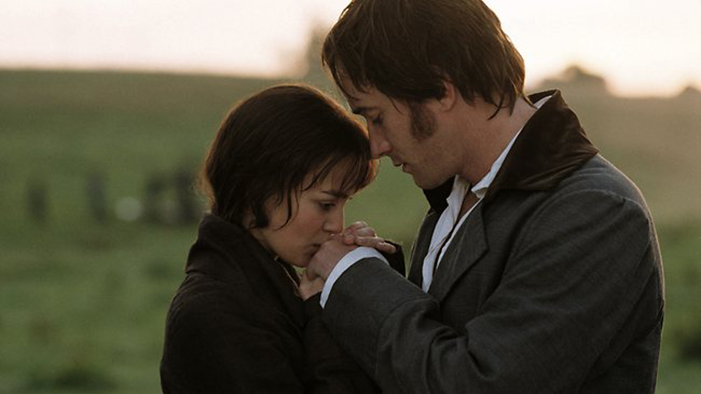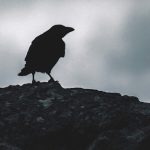Summary
The poet declares that he will arise and go to Innisfree, where he will build a small cabin “of clay and wattles made.” There, he will have nine bean-rows and a beehive, and live alone in the glade loud with the sound of bees (“the bee-loud glade”). He says that he will have peace there, for peace drops from “the veils of morning to where the cricket sings.” Midnight there is a glimmer, and noon is a purple glow, and evening is full of linnet’s wings. He declares again that he will arise and go, for always, night and day, he hears the lake water lapping “with low sounds by the shore.” While he stands in the city, “on the roadway, or on the pavements grey,” he hears the sound within himself, “in the deep heart’s core.”
Form
“The Lake Isle of Innisfree” is written mostly in hexameter, with six stresses in each line, in a loosely iambic pattern. The last line of each four-line stanza shortens the line to tetrameter, with only four stresses: “And live alone in the bee-loud glade.” Each of the three stanzas has the same ABAB rhyme scheme. Formally, this poem is somewhat unusual for Yeats: he rarely worked with hexameter, and every rhyme in the poem is a full rhyme; there is no sign of the half-rhymes Yeats often prefers in his later work.
Commentary
“The Lake Isle of Innisfree,” published in Yeats’s second
book of poems,


 payment page
payment page



